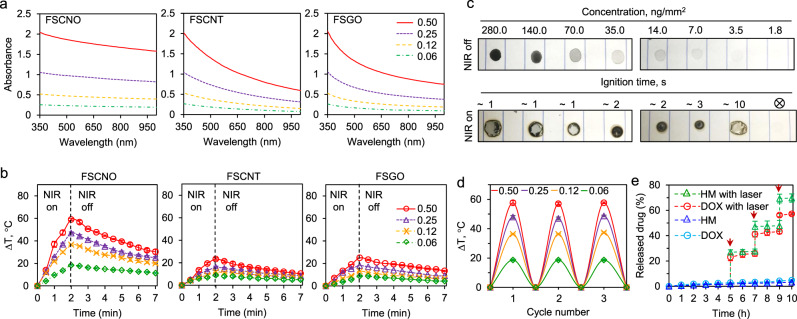Fig. 3. Photothermal effect of FSCNO nanoparticles and controlled release of therapeutic agents.
a UV-Vis absorbance of FSCNO, FSCNT, and FSGO nanoparticles in water at different concentrations (0.06, 0.12, 0.25, and 0.50 mg ml−1) showing the FSCNO nanoparticles have higher absorption in the NIR region than the FSCNT and FSGO nanoparticles. b The temperature in aqueous solutions of FSCNO nanoparticles increases faster than that in the aqueous solutions of FSCNT and FSGO nanoparticles upon NIR irradiation (1.0 W cm−2) for 2 min at different concentrations (0.06, 0.12, 0.25, and 0.5 mg ml−1). c Superior photothermal effect of FSCNO nanoparticles. The FSCNO nanoparticles solution (15 μl) was dropped on papers and completely dried with concentrations from 1.8 to 280 ng mm−2. Then, the nanoparticles were irradiated with NIR laser (1 W cm−2) and the time of ignition was recorded. Paper burning was observed in 1–10 min for all the concentrations except the lowest concentration (1.8 ng mm−2). d Stability of the FSCNO nanoparticles in aqueous solutions during three cycles of NIR laser irradiation. The FSCNO nanoparticles (0.06, 0.12, 0.25, and 0.50 mg ml−1) were irradiated for 2 min and then passively cooled down for 10 min in each cycle. e The release of DOX and HM from the FSCNO nanoparticles is slow but a quick release can be precisely triggered and controlled with near infrared (NIR) laser irradiation (0.5 W cm−2) for 1 min. The arrows indicate the laser irradiation treatment at three different time points. Error bars represent ± s.d. (n = 3 independent runs).

